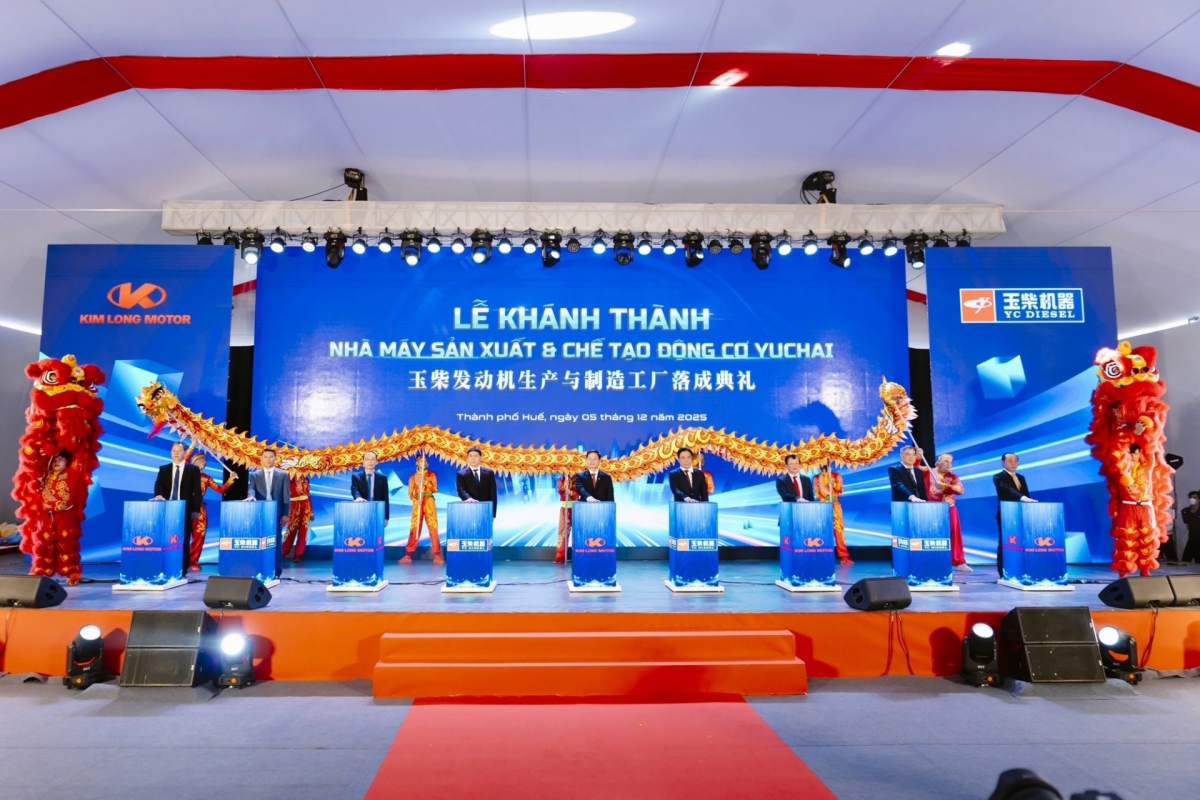INTERNATIONAL INVESTMENT
AND PORTAL
 The implementation plan for the adjusted Power Development Plan VIII clearly sets out the timeline, resource allocation, and utilisation framework for key projects and programmes. Photo: Le Toan
The implementation plan for the adjusted Power Development Plan VIII clearly sets out the timeline, resource allocation, and utilisation framework for key projects and programmes. Photo: Le Toan
Under a decision issued on May 30, the plan operationalises the prime minister’s earlier approval of the revised Power Development Plan VIII (PDP8), transforming high-level policy into a concrete roadmap focused on electricity security, export growth, and technological transition.
The plan, according to the MoIT, is aimed at “ensuring a timely and reliable power supply for national socioeconomic development while moving ahead of demand to serve key sectors and strategic infrastructure.” It lays out specific goals for scaling renewable energy capacity, improving cross-border electricity trade, and building an industrial ecosystem around clean energy.
In the near term, Vietnam plans to dramatically scale up domestic generation capacity. Solar power is set to reach as high as 73,416MW by 2030, while onshore wind may hit 38,029MW. The government also targets 6,000MW of offshore wind for domestic use by 2030, growing to over 17,000MW by 2035. Battery storage will be essential, with expected capacity of 10,000–16,300MW. “New solar projects must be developed in tandem with storage systems, with a minimum of 10 per cent of installed capacity stored for at least two hours,” the MoIT stated.
The plan also reintroduces nuclear power into Vietnam’s long-term strategy, with Ninh Thuan 1 and 2 expected to operate between 2030 and 2035, each with a capacity of 2,000–3,200MW. The country will also maintain a transitional role for LNG and domestic gas, while coal will remain part of the mix through 2030 with a planned capacity of 31,055MW.
In a major strategic pivot, the plan outlines Vietnam’s dual role as an electricity importer and exporter. By 2030, the country aims to import up to 12,100MW from Laos and China. “Import power projects must ensure technical connectivity, pricing efficiency, and national energy security,” the MoIT emphasized. At the same time, Vietnam has a target to export 400MW to Cambodia by 2030 and scale up exports to 5,000–10,000MW to regional partners such as Singapore and Malaysia by 2035. These volumes may increase based on demand and project feasibility.
Electricity exports are viewed as an economic opportunity and a tool for strengthening regional integration. “Export-oriented renewable energy projects must comply with legal procedures and ensure efficiency, grid safety, and national security,” the MoIT noted.
Another significant focus is the production and export of new energy, particularly green hydrogen and green ammonia. The government aims to develop 15,000MW of offshore wind and other renewable capacity dedicated to green fuel production, especially in coastal provinces with strong resources and infrastructure.
To support these ambitions, the MoIT is planning two regional renewable energy industrial and service hubs. One will be located in the north (Haiphong, Quang Ninh, Thai Binh), focusing on equipment manufacturing, specialised ports, logistics, and low-emission industrial parks. A similar hub will be developed in the south (Ninh Thuan, Binh Thuan, Ba Ria-Vung Tau, Ho Chi Minh City), taking advantage of abundant solar and wind resources.
“These hubs will play a central role in forming a complete renewable energy value chain, from production and equipment to services and human resources,” the MoIT stated. The government will consider electricity export proposals on a case-by-case basis, in line with existing regulations and national interests.
As Vietnam accelerates its transition towards a clean energy economy, the implementation plan for PDP8 offers a detailed blueprint to mobilise investment, upgrade infrastructure, and position the country as a key power player in Southeast Asia’s energy future.



















